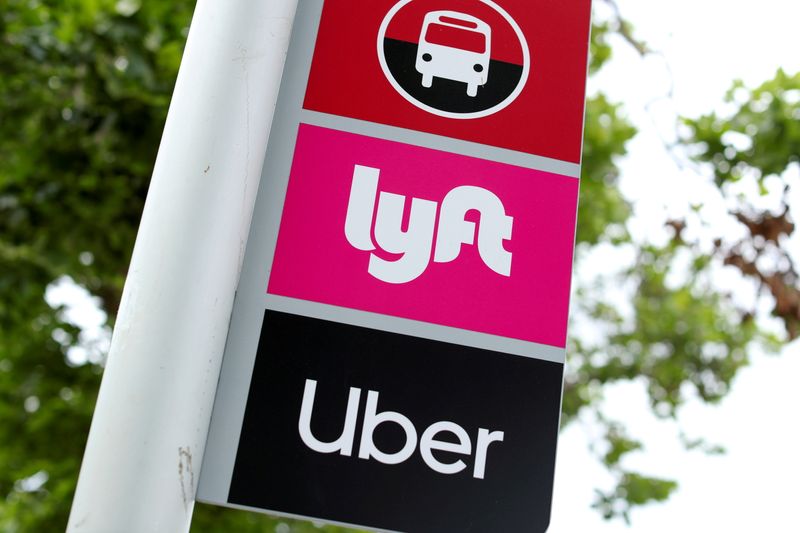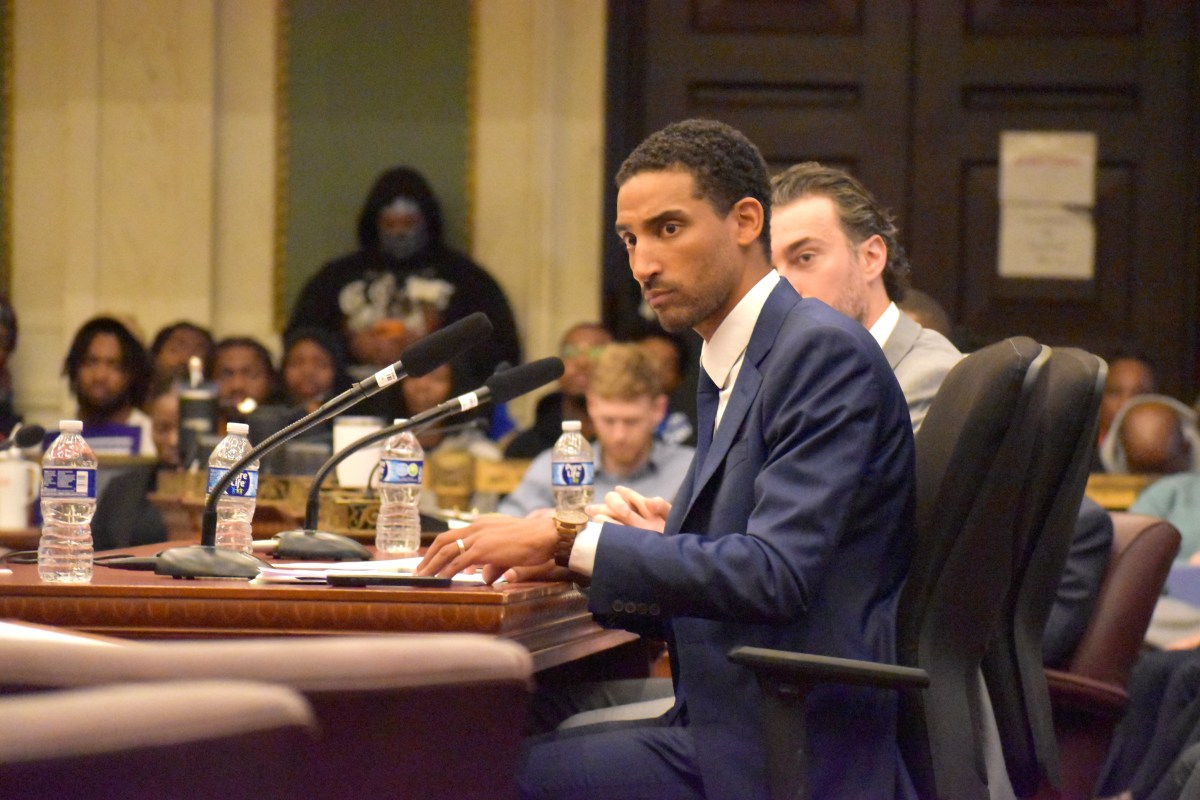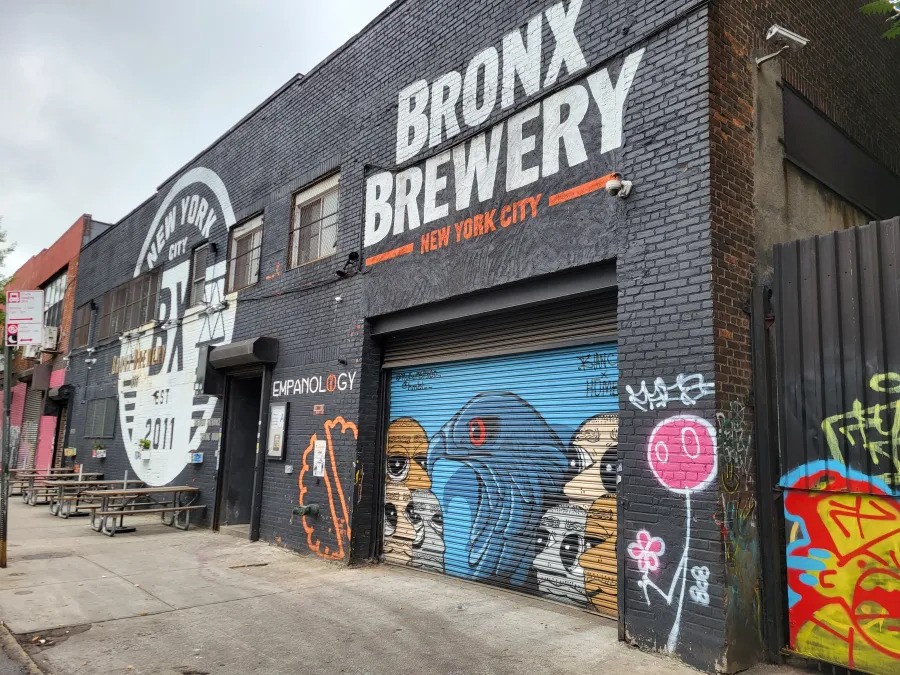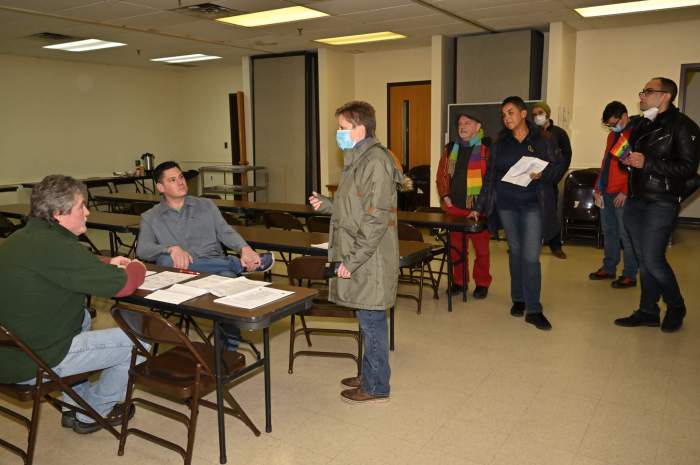(Reuters) – As U.S. customers gradually hail more rides after a year of pandemic restrictions, Uber Technologies Inc’s and Lyft Inc’s recovery story is clouded by driver shortages and regulatory threats to have workers reclassified as employees.
U.S. President Joe Biden campaigned on the promise of delivering benefits to gig workers and U.S. Labor Secretary Marty Walsh last week intensified the debate, telling Reuters in an interview that “a lot of gig workers should be classified as employees.”
Shares in Uber and Lyft dropped as much as 8% and 12% respectively following Walsh’s comments, with the companies’ business dependent on low-cost flexible labor.
While a reclassification of independent contract workers is not foreseen quickly and some analysts expect a compromise between regulators and the companies, the threat poses a risk to Uber’s and Lyft’s growth and bottom line.
Wall Street is expecting the companies to show continued rider and revenue growth compared to the last quarters when Lyft and Uber report first-quarter results on Tuesday and Wednesday after the bell, respectively.
Investors on average expect Lyft to post nearly $560 million and Uber around $3.3 billion in revenue during the first three months of 2021, according to Refinitiv data.
In adjusted earnings before interest, taxes, depreciation and amortization, Lyft is expected to report a $144 million loss and Uber a roughly $450 million loss.
Lyft has told investors it will be profitable on that metric by the end of the third quarter, Uber sees itself reaching it by the end of the fourth quarter as the recovery progresses.
Lyft said in mid-March it expects positive weekly year-over-year rider growth for the first time since the pandemic, while Uber said March marked the highest amount of ride-hail and food delivery gross bookings in the company’s history.
But the companies are struggling to serve the uptick in trip demand, with many U.S. drivers still unwilling to return to the road over safety and financial concerns, meaning the companies risk disgruntled customers or higher costs to incentivize drivers to return.
“(It’s) a better problem to have, but one that could put wrinkles in profitability timelines it if persists,” analysts at Bernstein wrote in a note.
Uber has said it would invest an additional $250 million to boost driver earnings and offer payment guarantees, but some analysts say the companies might have to provide further financial commitments if the supply crunch persists.
(Reporting by Tina Bellon in Austin, Texas and Akanksha Rana in Bangalore; Editing by Peter Henderson and Lincoln Feast.)



















